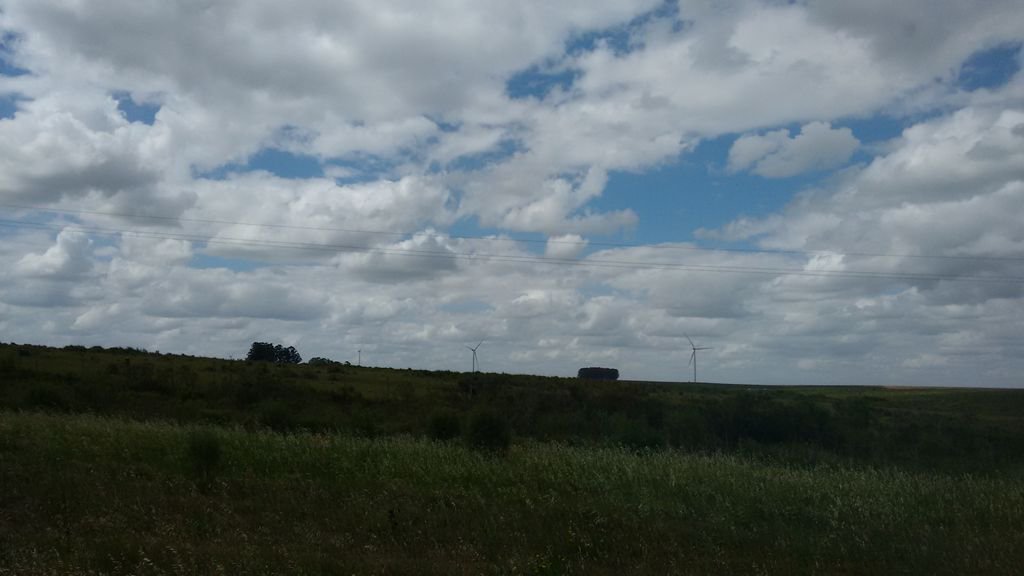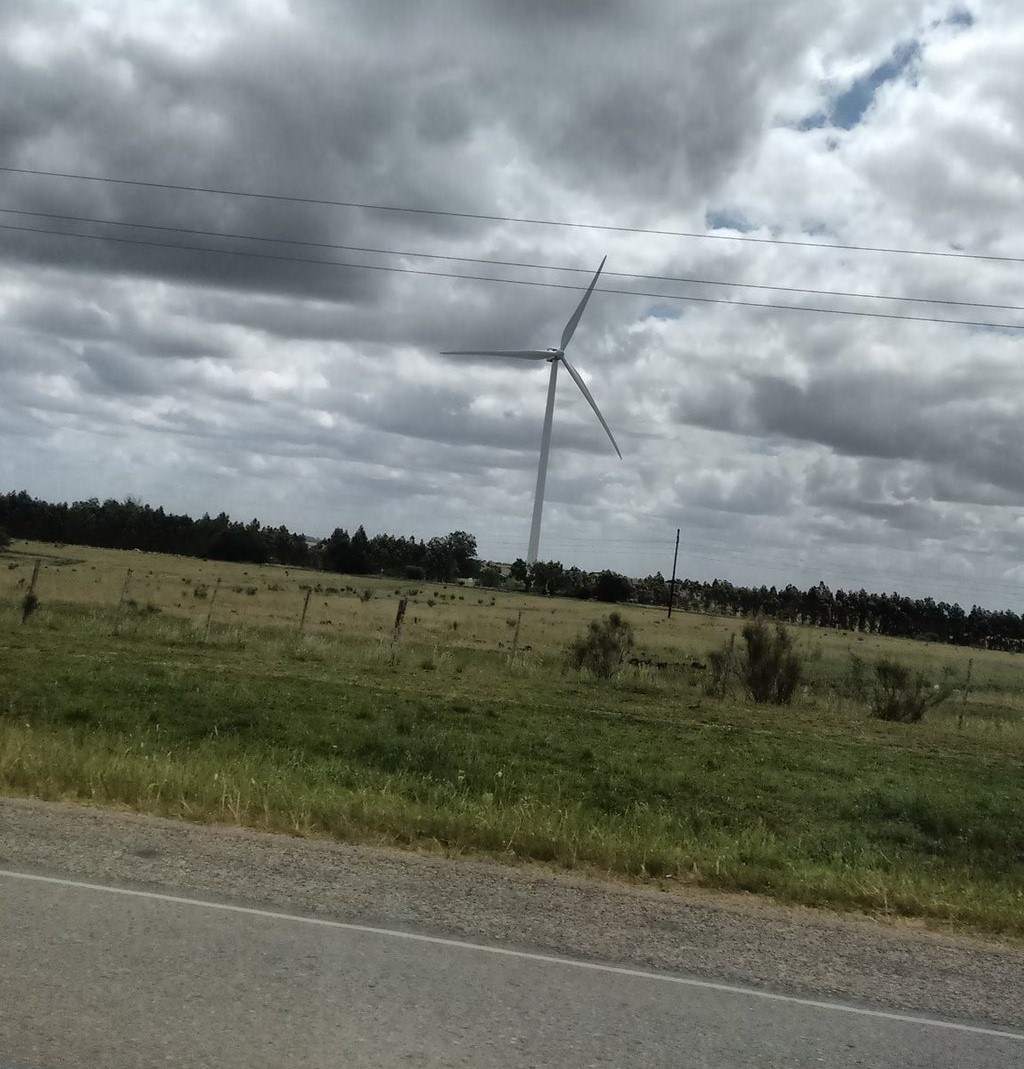Last week, Uruguayan national newspaper El Observador published a very interesting article in its Café y Negocios business supplement about wind energy in Uruguay.  Basically, the country has seen enormous growth in its supply of wind energy in the last ten years, and 38% of energy generated in the small South American nation will be of this origin, which situates Uruguay slightly behind of the world leader, Denmark, but ahead of countries like Spain and Portugal.
Basically, the country has seen enormous growth in its supply of wind energy in the last ten years, and 38% of energy generated in the small South American nation will be of this origin, which situates Uruguay slightly behind of the world leader, Denmark, but ahead of countries like Spain and Portugal.
It’s forecast that for 2017 Uruguay will have 28 wind farms, a total of 1,5000 MW installed, representing an investment of over USD 3 bn. A third of that investment has been in logistics, construction and equipment.
The bad news is that no more wind farms will be tendered in Uruguay by national electricity monopoly UTE, after 2017. So this might be your last chance at supplying the wind energy sector in Uruguay, at least until 2023.
So is that the end of the story?
Not quite.

Uruguay has generated immense know-how and experience associated with wind energy in South America, and these businesses are now looking further afield, and developing or bidding for projects in countries such as neighbouring Argentina, but also Panama, Peru, Bolivia and (also neighbouring) Brazil.
Because of its closeness to Uruguay, and its newly-found openness, Argentina’s potential is rather attractive. A complex country to deal with, wouldn’t be Uruguay an attractive platform to target it from? The article tells us about Plan RenovAR, under which a 1,000 MW invitation to tender will be released (you can already tell that Argentina and Uruguay work on very different scales, but have a look at a map if you don’t understand why!), encouraging USD 2bn investment.
Logistics is a key area to explore and as the Logistics Manager of Schandy states in El Observador, “When you go and visit other countries, like Paraguay and Bolivia (through Chilean ports) you see that they are like us back in 2002”. The manager expects turbine manufacturers such as Gamesa, Vestas and Nordex, to continue working with Uruguayan companies across the continent.
So there’s still scope to supply the Uruguayan wind energy sector, and to move with these partners across the continent. As we always say, look at the wider picture. The peculiarities of certain sectors and operations, and the roles of different countries, might guide your export strategy in patterns you probably wouldn’t have imagined.
